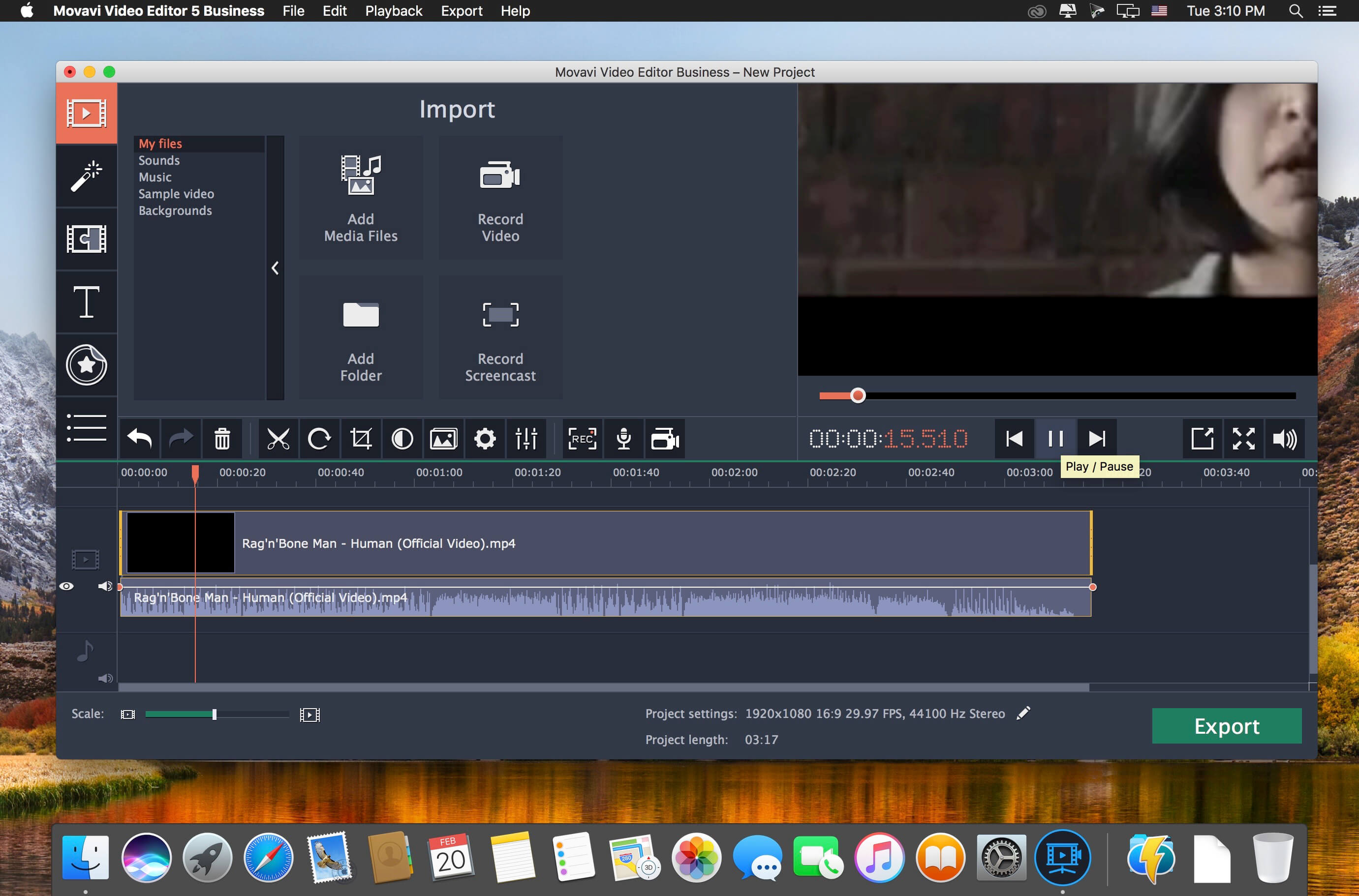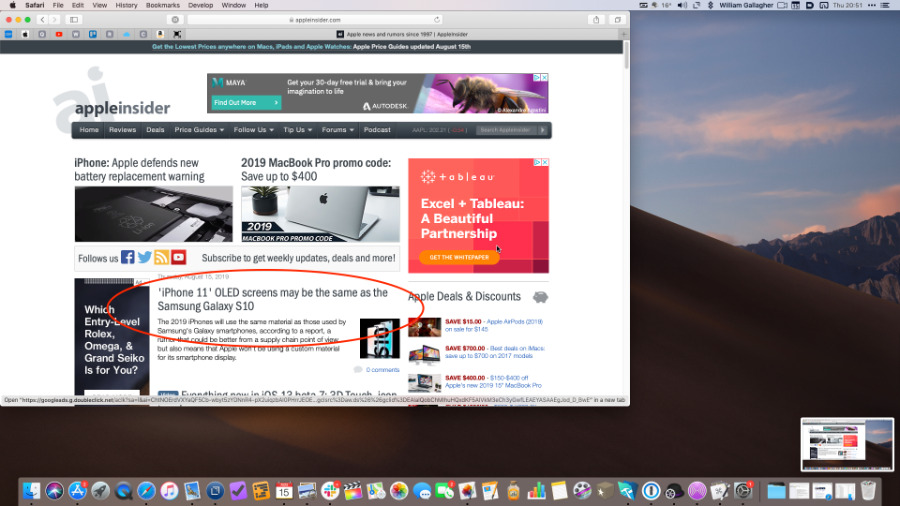Grab was a utility program in macOS for taking screenshots.It supports capturing a marquee selection, a whole window, and the whole screen, as well as timed screenshots. The program originated in OPENSTEP and NeXTSTEP, and continued to be preinstalled by Apple on macOS until version 10.13 (High Sierra).
| Developer(s) | Apple Computer |
|---|---|
| Stable release | 1.10 (141) / July 9, 2018; 2 years ago[1] |
| Operating system | OS X |
| Type | screen capture |
| Website | www.apple.com/it |
Grab was a utility program in macOS for taking screenshots. It supports capturing a marquee selection, a whole window, and the whole screen, as well as timed screenshots.
The program originated in OPENSTEP and NeXTSTEP, and continued to be preinstalled by Apple on macOS until version 10.13 (High Sierra). It was replaced by the utility Screenshot in macOS 10.14 (Mojave).[2]
- Unlimited screen and audio recording for lifetime; Record screen: apps, live streams, webinars; Grab sound from speakers and microphone; Capture webcam output.
- MacOS Big Sur elevates the most advanced desktop operating system in the world to a new level of power and beauty. Experience Mac to the fullest with a refined new design. Enjoy the biggest Safari update ever. Discover new features for Maps and Messages. And get even more transparency around your privacy.
macOS[edit]
On macOS versions 10.13 and earlier, Grab is found in the folder Utilities, which is a subdirectory of Applications. It may be quickly opened by using the Spotlight function when entering grab, or by pressing ⌘ Cmd+⇧ Shift+G and typing /Applications/Utilities/Grab.app in Finder. It was previously also found in the Finder menu under Services > Grab. As of Mac OS X v10.4, Preview had a Grab submenu in the File menu, with selection, window, and timed screen.[citation needed] The menu was renamed to Take Screenshot in more recent versions of macOS.[2]
Grab saves screenshots in the Tagged Image File Format (TIFF). In macOS, it is also possible to save screenshots directly to the Desktop in PDF format (earlier versions of macOS) or PNG format (later versions), using keystrokes shown below. For DRM reasons, it is not possible to use this software while DVD Player is open.
Grab helps determine the size of an element on the screen. After using the selection feature and capturing the screen, one can select Inspector from the menu or press ⌘ Cmd+1 (or ⌘ Cmd+I); a dialog box will appear with the dimensions of the selected area.
Capture options[edit]
- Selection - takes a picture of a part of the screen that you select.[3]
- Window - takes a picture of a window you select.[3]
- Screen - takes a picture of the entire screen.[3]
- Timed - screen lets user start a timer and activate part of the screen (such as a menu), and then takes a picture of the screen.[3]


Shortcuts[edit]
| Action | Shortcut |
|---|---|
| Take a picture of the whole screen | ⌘ Cmd+⇧ Shift+3 (Holding Ctrl saves the image to the clipboard instead of to a file on the disk.) |
| Take a picture of part of the screen | ⌘ Cmd+⇧ Shift+4, then drag to select the area desired in the picture. (Holding Ctrl saves the image to the clipboard.) Escape cancels the procedure. |
| Take a picture of a window, a menu, the menu bar, or the Dock | Press ⌘ Cmd+⇧ Shift+4, then press the Space bar. Move the pointer over the area desired so that it is highlighted, then click. To drag to select the area instead, press the Space bar again. Escape cancels the procedure. |
References[edit]
- ^'macOS 10.13.6 release date'. Retrieved October 7, 2018.
- ^ ab'How to take a screenshot on your Mac'. Retrieved October 7, 2018.
- ^ abcd'Use Grab to take screenshots of all or part of your screen'. Apple Support.

Record Once, Export Different Versions
One of the major unique features in Screenflick is the ability to export the original full-quality movie multiple times with different scales, qualities, and file formats. Other applications record directly to a final movie format. Not only does this limit your recording’s usefulness, it can negatively impact recording performance and sacrifice video quality. Using Screenflick, you record a movie once, then you can create small, low-bandwidth movies, large, high-quality movies, and even export to different file formats, without having to record all over again or use another program.
Mac Os Screen Grab Tool
Another great feature unique to Screenflick is the ability to test your export settings. Rather than picking some quality settings, exporting the entire movie, and hoping the result is what you wanted, use 'Quick Test' to export a short 15 second clip of the movie, verify the export settings are right where you want them to be, and then export the entire movie with confidence.
